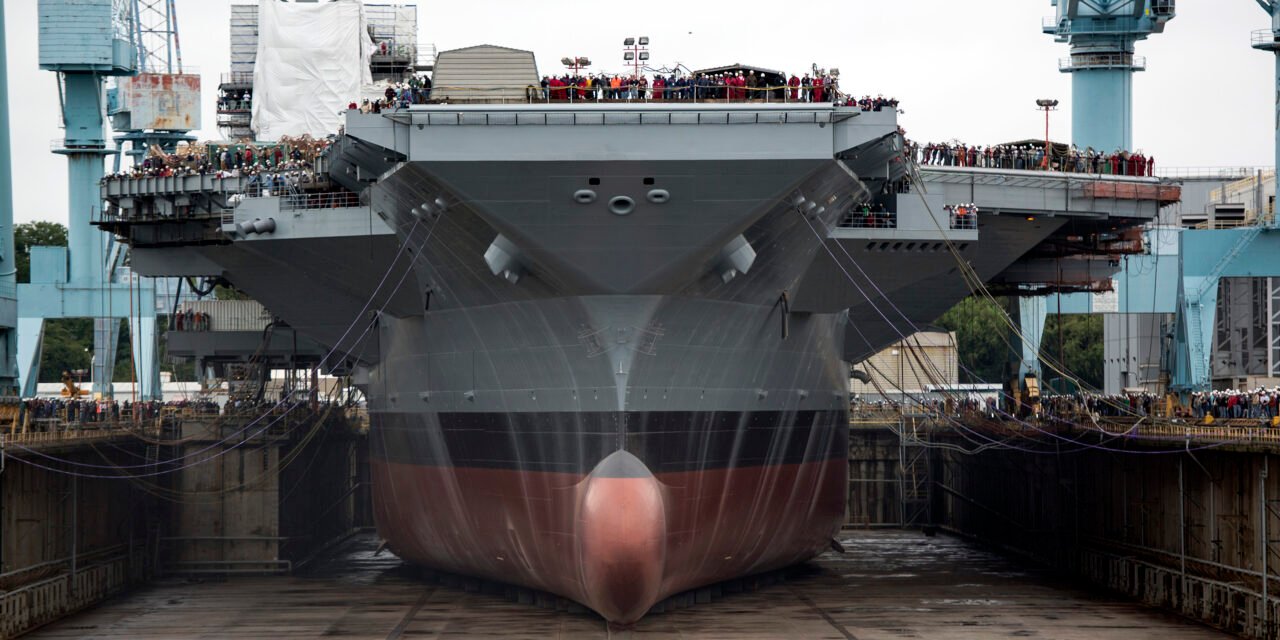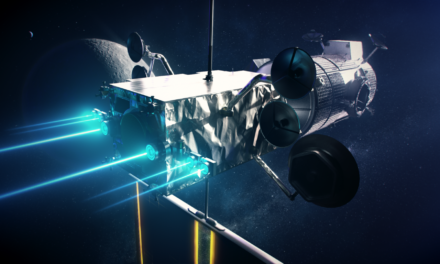Maintaining and upgrading naval defense fleets involves significant challenges due to the complexity, cost, and evolving nature of modern warfare. These challenges impact fleet readiness, operational effectiveness, and the ability to adapt to emerging threats. Below is a detailed overview of the primary challenges:
1. Technological Complexity
- Integration of New Technologies:
- Modern naval systems incorporate advanced technologies such as AI, unmanned vehicles, hypersonic weapons, and electronic warfare systems, which require significant expertise to integrate into legacy platforms.
- Example: Upgrading a ship’s radar system to a modern Active Electronically Scanned Array (AESA) may involve extensive modifications to the vessel’s power and cooling systems.
- Obsolescence:
- Rapid technological advancements make older systems outdated, requiring frequent upgrades to maintain relevance.
- Example: Legacy systems may lack compatibility with advanced missile defense or cyber capabilities.
2. Financial Constraints
- High Costs of Maintenance:
- Maintaining modern naval vessels, particularly those with advanced systems like aircraft carriers and submarines, involves significant operational costs.
- Example: Nuclear-powered submarines require specialized infrastructure and highly trained personnel for reactor maintenance.
- Budgetary Competition:
- Naval budgets often compete with other defense and domestic priorities, leading to delays in fleet upgrades or decommissioning older vessels prematurely.
3. Workforce and Expertise Shortages
- Skilled Personnel:
- Maintaining and upgrading advanced naval systems requires highly trained engineers, technicians, and operators, which are often in short supply.
- Example: A shortage of cybersecurity specialists can leave fleet communication and command systems vulnerable.
- Training Needs:
- Frequent technology upgrades necessitate continuous training for crews to operate and maintain new systems effectively.
4. Evolving Threat Landscape
- Emerging Threats:
- New threats, such as hypersonic missiles, cyberattacks, and unmanned swarms, require rapid development and deployment of countermeasures.
- Example: Existing air defense systems may struggle to intercept hypersonic weapons without significant upgrades.
- Multi-Domain Operations:
- Modern naval fleets must operate across sea, air, space, and cyber domains, increasing the complexity of upgrades and maintenance.
5. Aging Fleet Challenges
- Structural Degradation:
- Older vessels face issues such as corrosion, hull fatigue, and wear on propulsion systems, increasing maintenance costs and reducing operational availability.
- Example: Ships beyond their design life may require extensive overhauls to remain seaworthy.
- Limited Upgrade Potential:
- Legacy platforms may lack the physical space, power capacity, or structural integrity to accommodate modern systems.
6. Supply Chain Disruptions
- Global Dependencies:
- Naval fleets rely on a global supply chain for spare parts, components, and advanced materials. Disruptions, such as those caused by geopolitical tensions or pandemics, can delay maintenance and upgrades.
- Example: Semiconductor shortages can impact the availability of critical electronic systems.
- Obsolete Parts:
- Maintaining older ships often requires parts that are no longer in production, necessitating custom manufacturing or retrofitting.
7. Cybersecurity Risks
- Digital Vulnerabilities:
- As naval systems become more digitized and interconnected, they are increasingly vulnerable to cyberattacks.
- Example: Upgrades to navigation or weapons systems must include robust cybersecurity measures to prevent hacking or spoofing.
- Legacy System Risks:
- Older ships with outdated software may not be designed to withstand modern cyber threats, complicating upgrade efforts.
8. Environmental and Regulatory Compliance
- Stricter Environmental Standards:
- Upgrading propulsion systems and emissions controls to meet modern environmental regulations can be costly and technically challenging.
- Example: Transitioning to hybrid or electric propulsion systems in existing fleets requires significant modifications.
- Disposal of Hazardous Materials:
- Maintenance and decommissioning generate hazardous waste, such as nuclear reactor components or old weaponry, requiring careful handling.
9. Operational Availability and Downtime
- Limited Dry Dock Availability:
- A finite number of shipyards and dry docks are capable of handling complex naval upgrades, leading to bottlenecks.
- Impact on Readiness:
- Ships undergoing upgrades or maintenance are temporarily unavailable, reducing fleet readiness and operational coverage.
10. Political and Strategic Considerations
- Geopolitical Tensions:
- Fleet maintenance and upgrades can be delayed or prioritized based on shifting geopolitical needs or crises.
- Example: Accelerating the deployment of advanced systems in response to adversarial advancements can strain resources.
- International Collaboration:
- Joint projects, such as building or upgrading multinational fleets, can face delays due to differing priorities or bureaucratic hurdles.
11. Sustainability and Lifecycle Management
- Extending Ship Lifecycles:
- Balancing the cost of extending the service life of older vessels with the investment in new platforms is a constant challenge.
- Example: Modernizing a destroyer may cost more than half the price of building a new one, making the decision complex.
- Energy Efficiency:
- Retrofitting fleets with energy-efficient systems, such as renewable energy or low-emission engines, requires significant investment.
12. Complexity of Advanced Systems
- Integrated Systems:
- Modern naval vessels integrate complex systems like missile defense, sonar, electronic warfare, and communications, making upgrades challenging and time-consuming.
- Example: Upgrading the Aegis Combat System on a destroyer may involve changes to sensors, radars, and software.
13. Resistance to Change
- Institutional Inertia:
- Resistance to adopting new technologies or methods can slow the pace of fleet modernization.
- Risk Aversion:
- Concerns about the reliability of untested technologies may delay their implementation.
Strategies to Overcome Challenges
- Modular Upgrades:
- Design ships with modular systems that allow for easier and faster upgrades (e.g., Littoral Combat Ships).
- Automation:
- Use AI and robotics to streamline maintenance and reduce reliance on human labor.
- Public-Private Partnerships:
- Collaborate with private industry to improve supply chain resilience and reduce costs.
- Training Programs:
- Invest in continuous training for personnel to operate and maintain advanced systems.
- Predictive Maintenance:
- Use IoT sensors and AI to predict and address maintenance issues before they become critical.
Conclusion
Maintaining and upgrading naval defense fleets is a complex and resource-intensive endeavor that requires balancing technological innovation, operational readiness, and cost efficiency. Addressing these challenges involves adopting modular designs, enhancing supply chains, and investing in workforce development and advanced technologies. As threats evolve, the ability to modernize fleets quickly and effectively will remain a cornerstone of naval strategy.
Hashtags
#NavalFleetMaintenance #DefenseFleetUpgrades #FleetManagementChallenges #NavalMaintenanceTech #ModernizingNavalFleets #TechnologicalChallenges #UpgradeChallenges #ObsoleteNavalTech #ModernizationBarriers #IntegratingNewTech #TechGapsInNavalFleets #CostEffectiveNavalUpgrades #BudgetConstraints #NavalFleetEconomics #SustainableFleetManagement #ResourceOptimization #SupplyChainChallenges













